NIR Spectral Inversion of Soil Physicochemical Properties in Tea Plantations under Different Particle Size States
Abstract
:1. Introduction
2. Materials and Methods
2.1. Soil Sample Collection
2.2. Measurement of Soil Physical and Chemical Composition
2.3. Correlation Analysis of Physicochemical Properties
2.4. Soil Particle Size Classification
2.5. Soil Sample Spectral Acquisition
2.6. Spectral Pretreatment
2.7. Feature Wavelength Extraction Algorithm
2.7.1. Successful Projections Algorithm
2.7.2. Least-Angle Regression Algorithm
2.7.3. Bootstrapping Soft Shrinkage Algorithm
2.8. Modeling and Testing
3. Results
3.1. Analysis of Modeling Results for Different Soil Particle Sizes
3.2. Feature Band Screening Results
3.3. Analysis of Model Results of Different Dimensionality Reduction Algorithms
4. Discussion
4.1. Possibility of Near-Infrared Spectroscopy for the Predictive Evaluation of Soil Fertility
4.2. Effects of Research Techniques on Findings
4.2.1. Effect of Different Soil Particle Sizes on the Results of the Study
4.2.2. Impact of Different Algorithmic Combinations on the Findings of the Study
4.2.3. Conclusions on the Correlation of the Three Physicochemical Properties
4.3. Research Applicability and Remaining Limitations
5. Conclusions
- (1)
- Six different types of soils were gathered in the field and divided into six different particle sizes: 1~2 mm, 0.5~1 mm, 0.25~0.5 mm, 0.1~0.25 mm, <0.1 mm, and original soil samples. These samples were used to examine the effects of models for the prediction of soil physicochemical properties at different particle sizes. For soil samples with varying grain sizes, SVR models for the prediction of physicochemical properties were created, and the model with the best outcome was chosen. The experimental results demonstrated that soil with smaller particle sizes had a higher modeling effect, and the soil particle size of 0.25~0.5 mm resulted in the maximum prediction model accuracy for each physicochemical composition. Future research may directly prepare soils with this range of particle sizes. This will make it possible to acquire more accurate data on soil fertility, which can then be used to target the soil for fertilizer.
- (2)
- The SPA, LAR, and BOSS algorithms were utilized to further decrease the dimensionality of the spectral data of this grain size based on soils with particle sizes of 0.25~0.5 mm, and a fusion model of the reduced dimensionality method and the SVR algorithm was developed. The accuracy of the model is optimized well by each three-dimensionality reduction procedure. The SPA is outperformed by the LAR and BOSS algorithms. In order to detect the physicochemical components of soil, these two methods might be taken into consideration. These findings offer solid technical backing for soil sampling and testing in tea gardens, which can quickly and non-destructively identify the physicochemical makeup of the soil using near-infrared spectroscopy. Soil fertility was also evaluated by the detected soil nitrogen, phosphorus, and potassium content. This results in targeted fertilization for all types of tea tree irrigation requirements. As a result, tea gardens may be managed precisely.
Author Contributions
Funding
Institutional Review Board Statement
Informed Consent Statement
Data Availability Statement
Conflicts of Interest
References
- Ma, J.Q.; Huang, L.; Ma, C.L.; Jin, J.Q.; Li, C.F.; Wang, R.K.; Zheng, H.K.; Yao, M.Z.; Chen, L. Large-Scale SNP Discovery and Genotyping for Constructing a High-Density Genetic Map of Tea Plant Using Specific-Locus Amplified Fragment Sequencing (SLAF-seq). PLoS ONE 2015, 10, e0128798. [Google Scholar] [CrossRef]
- Li, H.; Hu, Z.; Wan, Q.; Mu, B.; Li, G.; Yang, Y. Integrated Application of Inorganic and Organic Fertilizer Enhances Soil Organo-Mineral Associations and Nutrients in Tea Garden Soil. Agronomy 2022, 12, 1330. [Google Scholar] [CrossRef]
- Sun, L.; Dong, X.; Wang, Y.; Maker, G.; Agarwal, M.; Ding, Z. Tea-Soybean Intercropping Improves Tea Quality and Nutrition Uptake by Inducing Changes of Rhizosphere Bacterial Communities. Microorganisms 2022, 10, 2149. [Google Scholar] [CrossRef] [PubMed]
- Tokarski, D.; Kučerík, J.; Kalbitz, K.; Demyan, M.S.; Merbach, I.; Barkusky, D.; Ruehlmann, J.; Siewert, C. Contribution of organic amendments to soil organic matter detected by thermogravimetry. J. Plant Nutr. Soil Sci. 2018, 181, 664–674. [Google Scholar] [CrossRef]
- Yang, C.; Feng, M.; Song, L.; Jing, B.; Xie, Y.; Wang, C.; Yang, W.; Xiao, L.; Zhang, M.; Song, X. Study on hyperspectral monitoring model of soil total nitrogen content based on fractional-order derivative. Comput. Electron. Agric. 2022, 201, 107307. [Google Scholar] [CrossRef]
- Liu, Z.; Zhang, R.; Yang, C.; Hu, B.; Luo, X.; Li, Y.; Dong, C. Research on moisture content detection method during green tea processing based on machine vision and near-infrared spectroscopy technology. Spectrochim. Acta A Mol. Biomol. Spectrosc. 2022, 271, 120921. [Google Scholar] [CrossRef]
- Wang, Y.; Xiang, J.; Tang, Y.; Chen, W.; Xu, Y. A review of the application of near-infrared spectroscopy (NIRS) in forestry. Appl. Spectrosc. Rev. 2021, 57, 300–317. [Google Scholar] [CrossRef]
- Tsuchikawa, S.; Ma, T.; Inagaki, T. Application of near-infrared spectroscopy to agriculture and forestry. Anal. Sci. 2022, 38, 635–642. [Google Scholar] [CrossRef]
- Bec, K.B.; Grabska, J.; Huck, C.W. Near-Infrared Spectroscopy in Bio-Applications. Molecules 2020, 25, 2948. [Google Scholar] [CrossRef]
- Sakudo, A. Near-infrared spectroscopy for medical applications: Current status and future perspectives. Clin. Chim. Acta 2016, 455, 181–188. [Google Scholar] [CrossRef]
- Tan, B.; You, W.; Tian, S.; Xiao, T.; Wang, M.; Zheng, B.; Luo, L. Soil Nitrogen Content Detection Based on Near-Infrared Spectroscopy. Sensors 2022, 22, 8013. [Google Scholar] [CrossRef]
- Ning, J.; Sheng, M.; Yi, X.; Wang, Y.; Hou, Z.; Zhang, Z.; Gu, X. Rapid evaluation of soil fertility in tea plantation based on near-infrared spectroscopy. Spectrosc. Lett. 2019, 51, 463–471. [Google Scholar] [CrossRef]
- Mobasheri, M.R.; Amani, M.; Fathi-Almas, R.; Mahdavi, S.; Zabihi, H.R. Developing a model for soil potassium estimation using spectrometry data. Commun. Soil Sci. Plant Anal. 2020, 51, 794–803. [Google Scholar] [CrossRef]
- Zhang, Y.; Li, M.; Zheng, L.; Zhao, Y.; Pei, X. Soil nitrogen content forecasting based on real-time NIR spectroscopy. Comput. Electron. Agric. 2016, 124, 29–36. [Google Scholar] [CrossRef]
- Hong, Y.; Munnaf, M.A.; Guerrero, A.; Chen, S.; Liu, Y.; Shi, Z.; Mouazen, A.M. Fusion of visible-to-near-infrared and mid-infrared spectroscopy to estimate soil organic carbon. Soil Tillage Res. 2022, 217, 105284. [Google Scholar] [CrossRef]
- Brereton, R.G.; Lloyd, G.R. Support vector machines for classification and regression. Analyst 2010, 135, 230–267. [Google Scholar] [CrossRef]
- Deng, B.C.; Yun, Y.H.; Cao, D.S.; Yin, Y.L.; Wang, W.T.; Lu, H.M.; Luo, Q.Y.; Liang, Y.Z. A bootstrapping soft shrinkage approach for variable selection in chemical modeling. Anal. Chim. Acta 2016, 908, 63–74. [Google Scholar] [CrossRef]
- Gluhovsky, I. Multinomial least angle regression. IEEE Trans. Neural Netw. Learn. Syst. 2012, 23, 169–174. [Google Scholar] [CrossRef] [PubMed]
- Jiang, H.; Luo, S.; Dong, Y. Simultaneous feature selection and clustering based on square root optimization. Eur. J. Oper. Res. 2021, 289, 214–231. [Google Scholar] [CrossRef]
- Dong, C.; Zhu, H.; Wang, J.; Yuan, H.; Zhao, J.; Chen, Q. Prediction of black tea fermentation quality indices using NIRS and nonlinear tools. Food Sci. Biotechnol. 2017, 26, 853–860. [Google Scholar] [CrossRef]
- Chen, J.; Bai, T.; Zhang, N.; Zhu, L.; Zhang, X. Hyperspectral detection of sugar content for sugar-sweetened apples based on sample grouping and SPA feature selecting methods. Infrared Phys. Technol. 2022, 125, 104240. [Google Scholar] [CrossRef]
- Hall, P.; Maesono, Y. A Weighted Bootstrap Approach to Bootstrap Iteration. J. R. Stat. Soc. Ser. B Stat. Methodol. 2000, 62, 137–144. [Google Scholar] [CrossRef]
- Chong, S.F.; Choo, R. Introduction to Bootstrap. Proc. Singap. Healthc. 2011, 20, 236–240. [Google Scholar] [CrossRef]
- Chen, J.; Yang, C.; Yuan, C.; Li, Y.; An, T.; Dong, C. Moisture content monitoring in withering leaves during black tea processing based on electronic eye and near infrared spectroscopy. Sci. Rep. 2022, 12, 20721. [Google Scholar] [CrossRef] [PubMed]
- Jia, J.; Zhou, X.; Li, Y.; Wang, M.; Liu, Z.; Dong, C. Establishment of a rapid detection model for the sensory quality and components of Yuezhou Longjing tea using near-infrared spectroscopy. Lwt 2022, 164, 113625. [Google Scholar] [CrossRef]
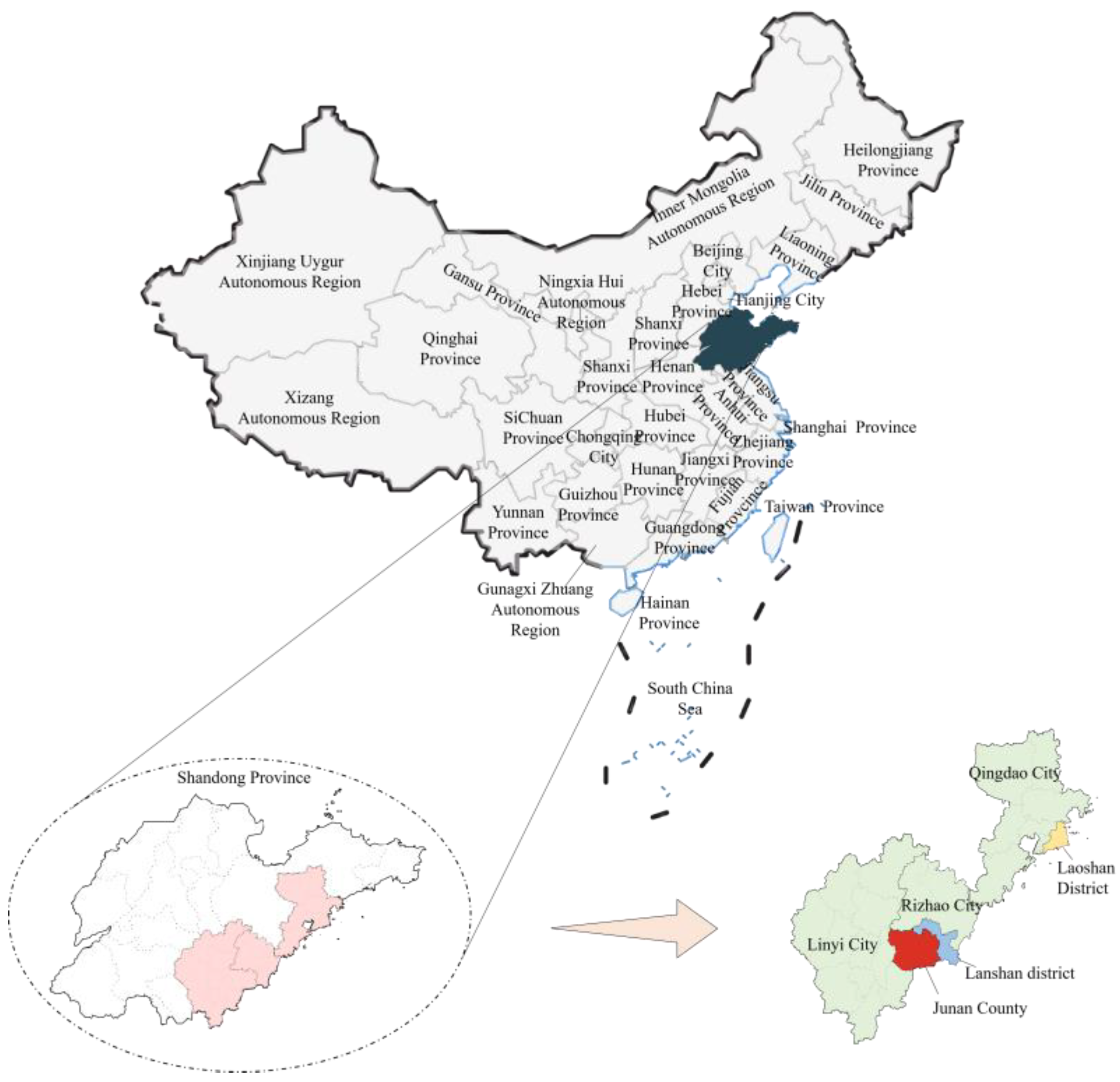
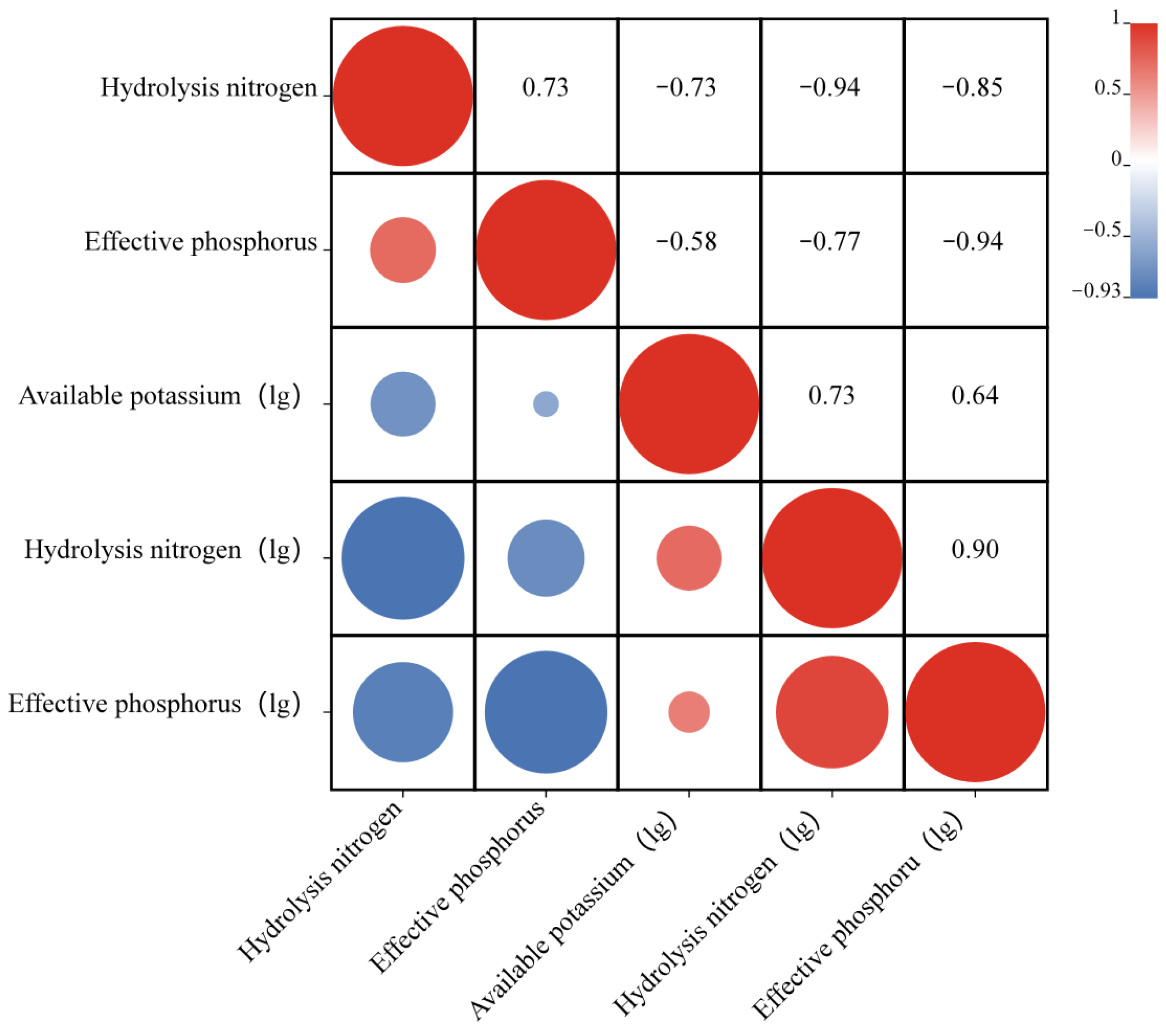
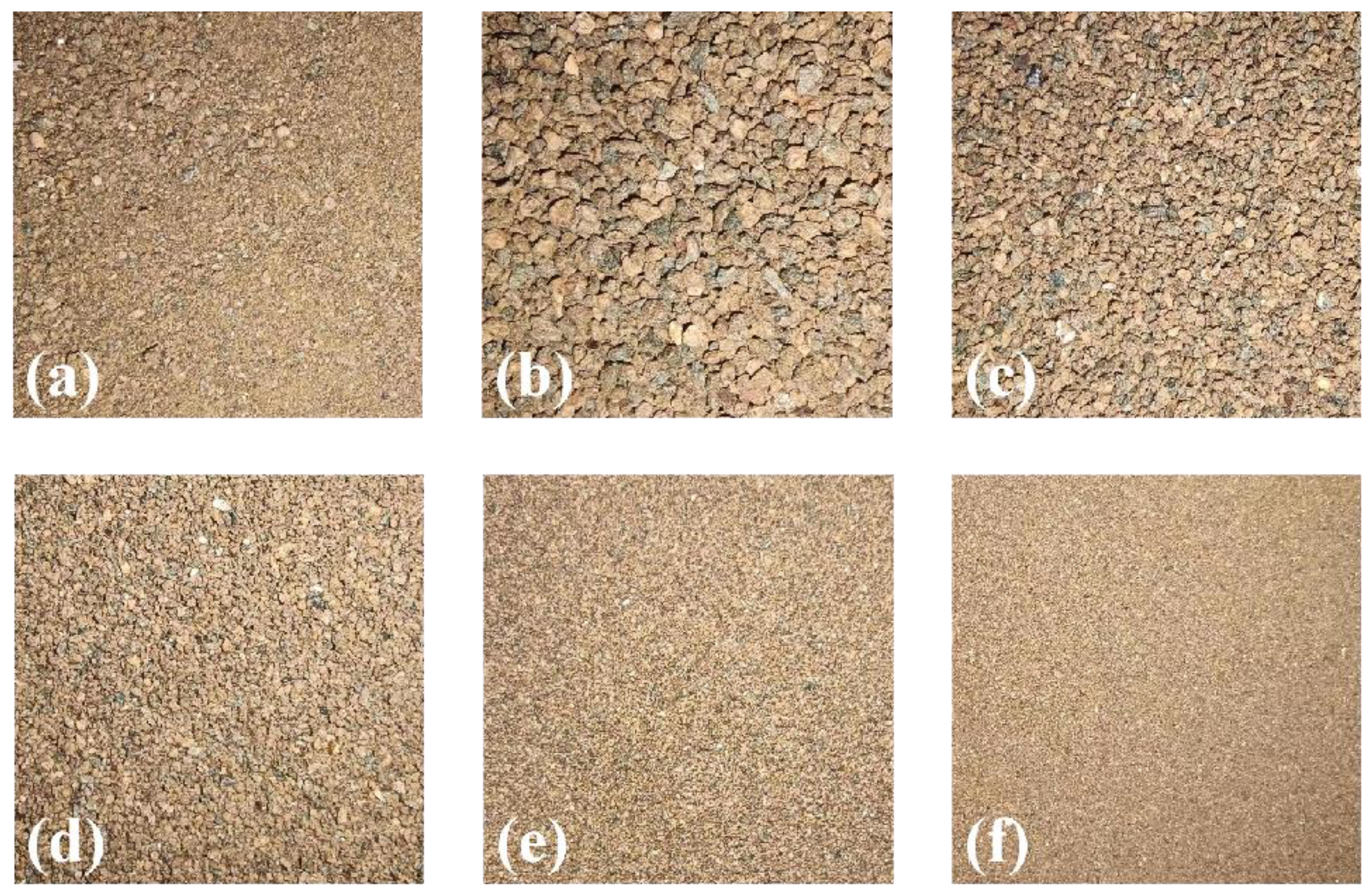

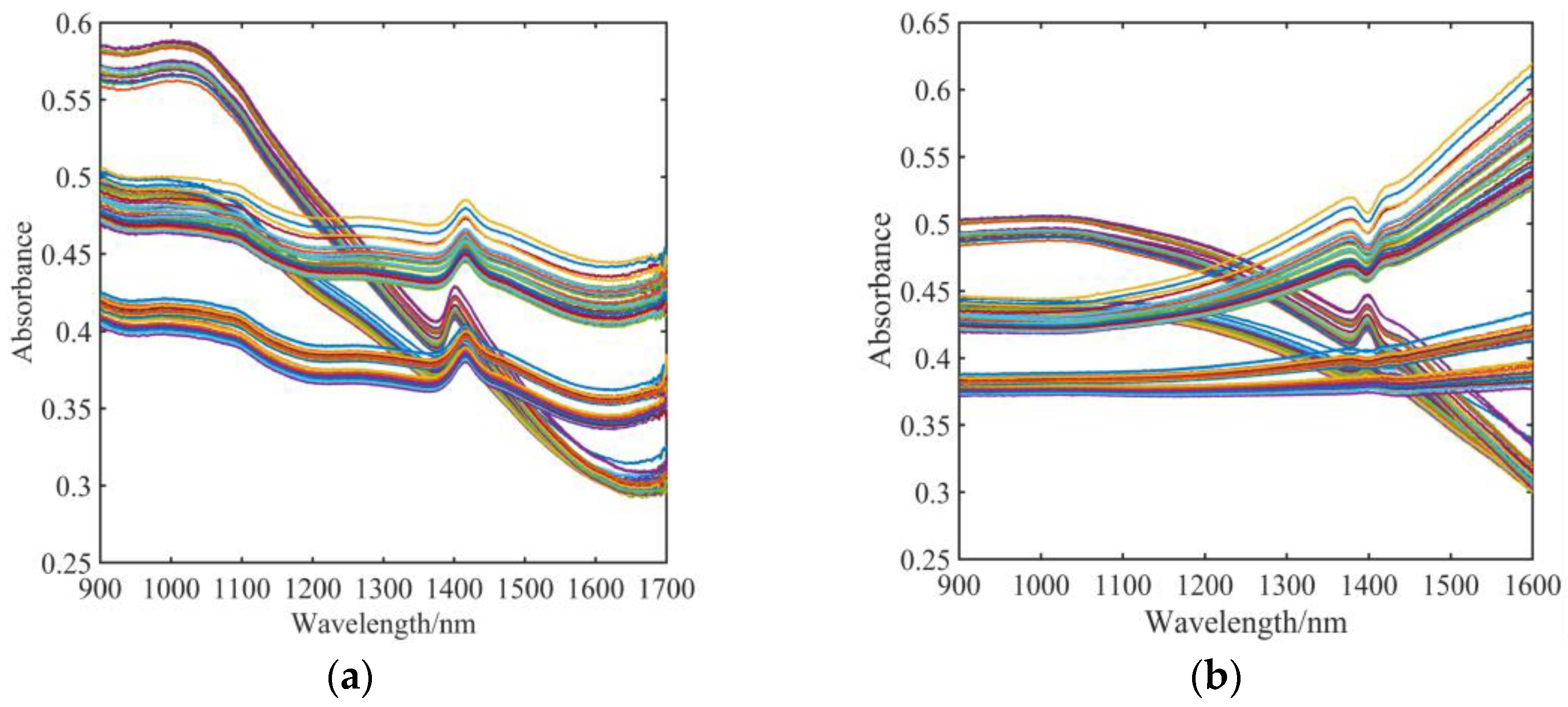
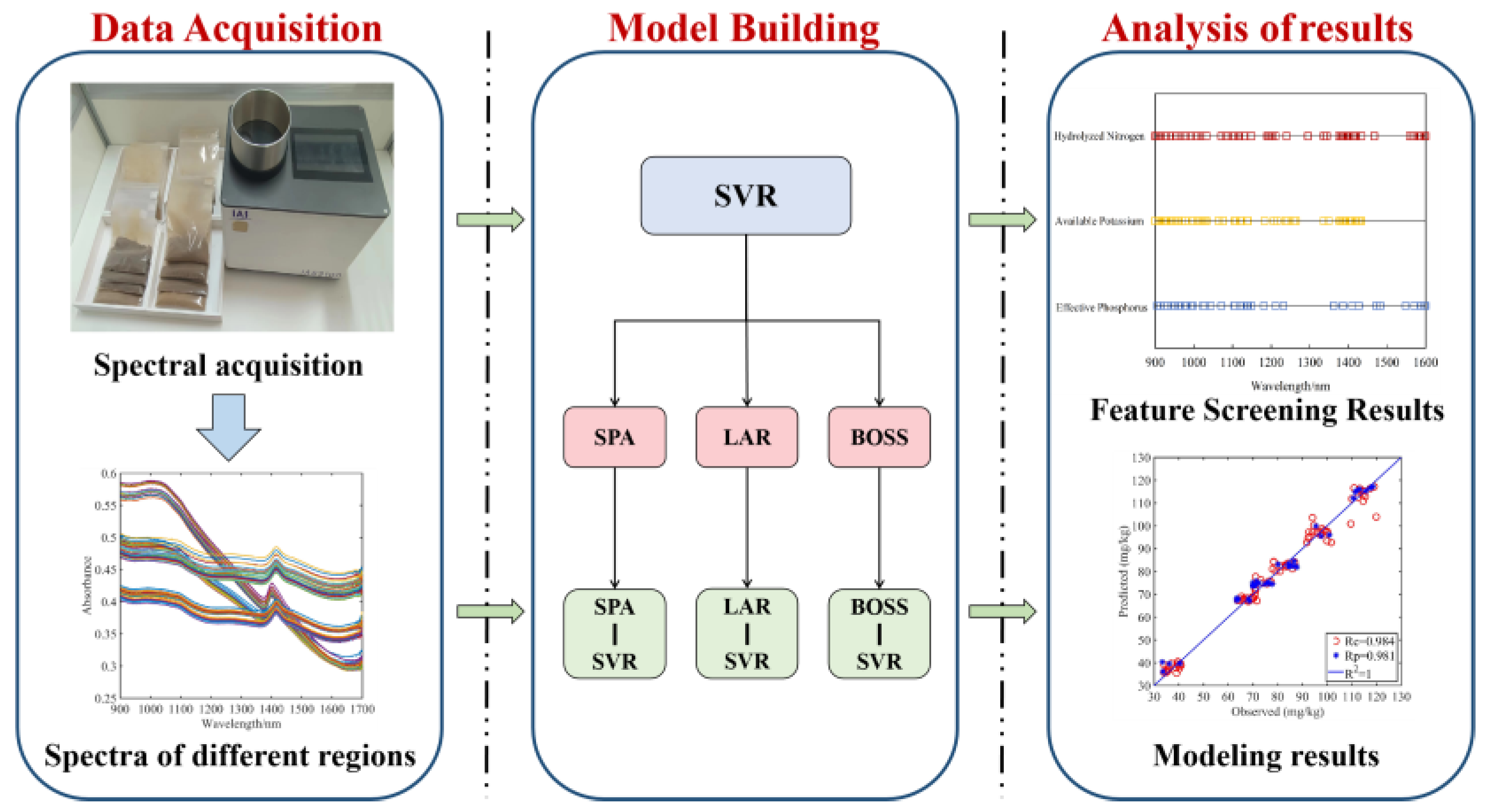
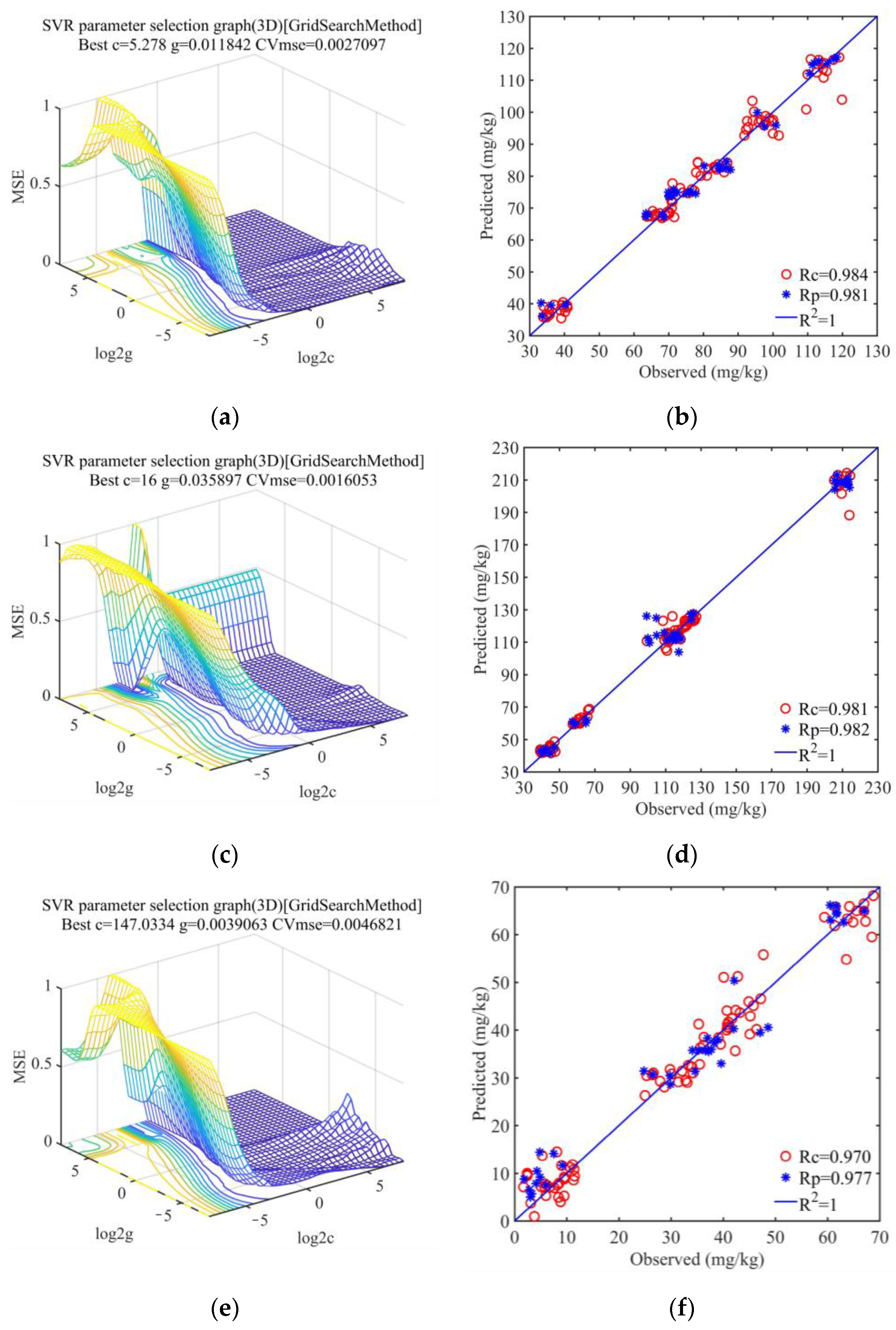



| Particle Size | Hydrolysis Nitrogen | Available Potassium | Effective Phosphorus | ||||||
|---|---|---|---|---|---|---|---|---|---|
| R2C | R2P | RPD | R2C | R2P | RPD | R2C | R2P | RPD | |
| Original sample | 0.967 | 0.962 | 4.794 | 0.955 | 0.962 | 4.707 | 0.956 | 0.953 | 4.273 |
| 1~2 mm | 0.932 | 0.810 | 2.166 | 0.953 | 0.960 | 4.403 | 0.923 | 0.880 | 2.778 |
| 0.5~1 mm | 0.955 | 0.882 | 2.871 | 0.961 | 0.955 | 4.318 | 0.913 | 0.838 | 2.510 |
| 0.25~0.5 mm | 0.969 | 0.963 | 5.089 | 0.962 | 0.964 | 5.201 | 0.941 | 0.955 | 4.367 |
| 0.1~0.25 mm | 0.976 | 0.945 | 4.199 | 0.968 | 0.962 | 4.963 | 0.966 | 0.952 | 4.028 |
| <0.1 mm | 0.962 | 0.881 | 2.851 | 0.962 | 0.959 | 4.938 | 0.932 | 0.869 | 2.693 |
| Parameters | Modeling Methods | R2C | R2P | RPD |
|---|---|---|---|---|
| Hydrolyzed Nitrogen | SPA | 0.979 | 0.975 | 6.249 |
| LAR | 0.979 | 0.976 | 6.613 | |
| BOSS | 0.980 | 0.976 | 6.599 | |
| Available Potassium | SPA | 0.980 | 0.979 | 6.633 |
| LAR | 0.988 | 0.979 | 6.778 | |
| BOSS | 0.977 | 0.981 | 7.222 | |
| Effective Phosphorus | SPA | 0.974 | 0.961 | 5.048 |
| LAR | 0.964 | 0.955 | 4.660 | |
| BOSS | 0.969 | 0.964 | 5.163 |
Disclaimer/Publisher’s Note: The statements, opinions and data contained in all publications are solely those of the individual author(s) and contributor(s) and not of MDPI and/or the editor(s). MDPI and/or the editor(s) disclaim responsibility for any injury to people or property resulting from any ideas, methods, instructions or products referred to in the content. |
© 2023 by the authors. Licensee MDPI, Basel, Switzerland. This article is an open access article distributed under the terms and conditions of the Creative Commons Attribution (CC BY) license (https://creativecommons.org/licenses/by/4.0/).
Share and Cite
He, Q.; Zhang, H.; Li, T.; Zhang, X.; Li, X.; Dong, C. NIR Spectral Inversion of Soil Physicochemical Properties in Tea Plantations under Different Particle Size States. Sensors 2023, 23, 9107. https://doi.org/10.3390/s23229107
He Q, Zhang H, Li T, Zhang X, Li X, Dong C. NIR Spectral Inversion of Soil Physicochemical Properties in Tea Plantations under Different Particle Size States. Sensors. 2023; 23(22):9107. https://doi.org/10.3390/s23229107
Chicago/Turabian StyleHe, Qinghai, Haowen Zhang, Tianhua Li, Xiaojia Zhang, Xiaoli Li, and Chunwang Dong. 2023. "NIR Spectral Inversion of Soil Physicochemical Properties in Tea Plantations under Different Particle Size States" Sensors 23, no. 22: 9107. https://doi.org/10.3390/s23229107
APA StyleHe, Q., Zhang, H., Li, T., Zhang, X., Li, X., & Dong, C. (2023). NIR Spectral Inversion of Soil Physicochemical Properties in Tea Plantations under Different Particle Size States. Sensors, 23(22), 9107. https://doi.org/10.3390/s23229107








